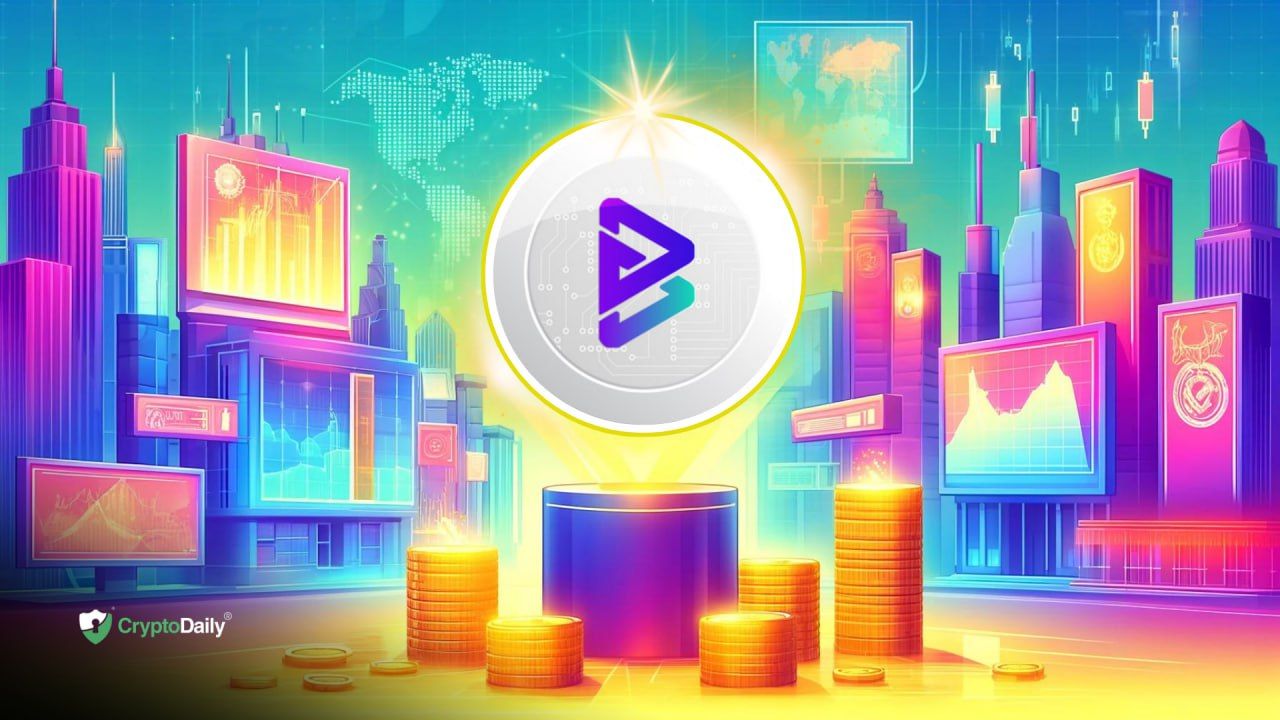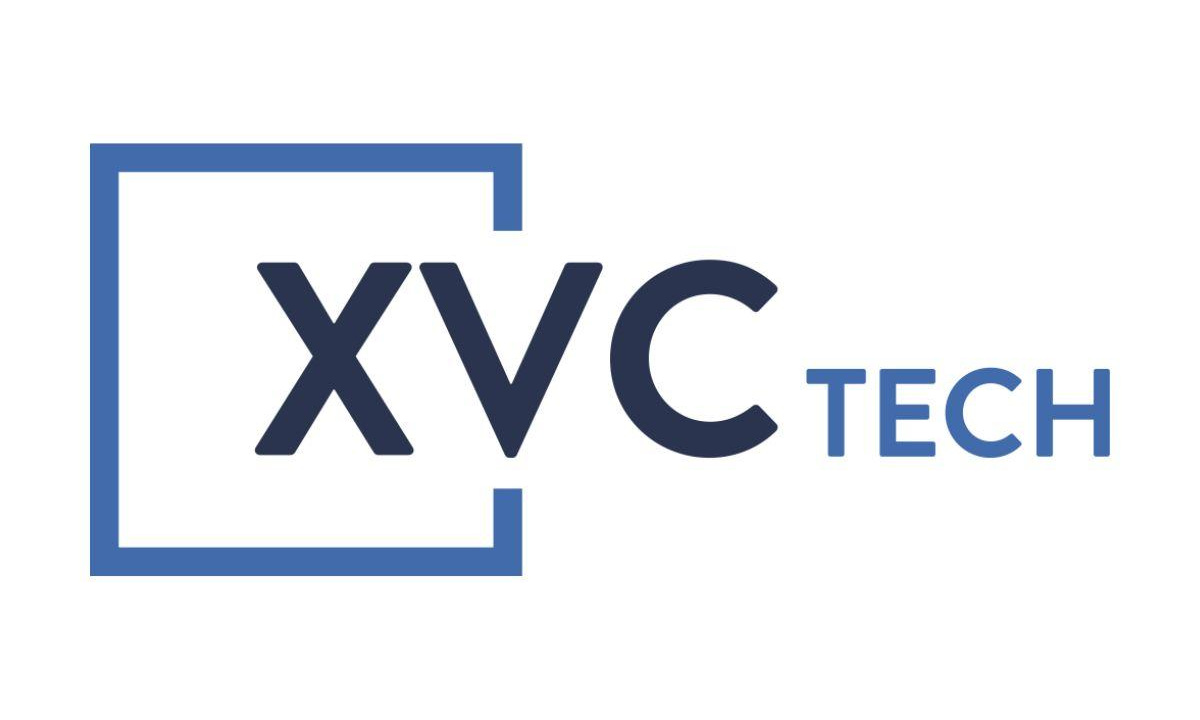Table of Contents
Photo by Executium on Unsplash
Can we all take a moment to appreciate how far the world of trading has come? Forget about looking back at the last 100 years. If you understand what the world of trading was like just 30 years ago, you can see two major leaps in innovation, and the pricing structure changes that came with them.
Thirty years ago, the market of trade and options was largely manual. Having a full service broker was the norm, and though that meant having a trained professional to help advise and execute trades on your behalf, it also meant fees of around 2.5% per trade. Alternatively, some brokers might charge a fee on your managed assets of 0.5 - 1.5%. Either way, this could get very expensive, and unless the expertise of the broker was an absolute must, the cost might outweigh the benefit.
However, upon the mainstream adoption of the internet, the market for trading and options began to quickly change. A wave of “discount brokers” disrupted the pricing power held strong by the full service brokers. Granted, this came with a large reduction in services, but for those traders performing their own research and analysis—made easier by the internet—they merely needed a representative to execute their trades and options. As a result, a trade that might have cost $250 previously could be done for $10. This was in many ways a game changer for everyone involved. New brokers joined in with a skillset focused on high volume execution. A generation of investors who were analysis-savvy (to varying degrees) was born, taking on the burden of research for the benefit of low cost trades. Even full service brokerages were affected in that they had two choices to survive: Either lower prices to be more competitive, or convince their clients that they offered a service well worth the high fees. With the internet also came the high frequency traders (HFTs), who have been accused of creating at times extreme market volatility, while at the same time being credited with the smaller bid-ask spreads seen today. In short, the internet placed a lot of power—in the form of information, transparency, and price competition—into the hands of investors, removing the largely inelastic trade and options fees of the past.
At the far end of this spectrum are the “ultra” discount brokers, who claim to generate enough interest and other revenue through their services that they can offer commission free trades.
 Photo by Suea Sivilaisith on Unsplash
Photo by Suea Sivilaisith on Unsplash
A Free Lunch?
If a commission free trade seems too good to be true—especially in an industry solely focused on taking actions that make money—then perhaps there are some hidden fees below the surface. The question is, where do they come from? Or can the brokerage firm make a solid enough profit that covers bull and bear markets alike, and handles the risk of volatility?
Since these discounts—sometimes extreme-discount—firms have been around for a few decades, several key trends have emerged. First, it’s very important to read the terms and conditions of any type of trade (discount firm or not), because both standard trades and options may have explicit fees that might be labeled as other services. Unfortunately, even if the T’s & C’s are clean, some brokerage firms conceal their money making strategies from clients. Especially in the era of instant and high volume trades/options, even minor delays when processing a market order can benefit the broker while harming the well-being of the client, creating a strong conflict of interest.
 The unseen risks. Photo by Benjamin Davies on Unsplash
The unseen risks. Photo by Benjamin Davies on Unsplash
With the pressure to offer low or even no fee trading, revenue has to come from somewhere. This doesn’t make a deceptive practice like manufacturing delays in order to benefit from client money, since this is a zero-sum game between client and broker. Instead, this creates mistrust and a growing lack of transparency, which is poisonous in an industry where trust is built with transparency.
Is there a better way to gain the benefits of both low cost trading and a transparent environment? There may be, but it requires a completely different system that ensures transparency, and where the source of revenue for the broker is clearly laid out to show it isn’t coming at the hidden expense of clients.
Crypto Trading and Options
The second major innovation over the last thirty years—and this one taking place in force just a few years ago—is the world of crypto. Trading crypto, whether standard investments or options, is already as diverse as buying traditional investment instruments. There is growing interest and activity in the options market, with February 2021 seeing Bitcoin options open interest breaking $13 Billion USD. Why has it risen in popularity, and can it solve some of the challenges of traditional broker fees?
One of the key fees that is discussed in the world of crypto are the “gas fees”—the transaction fees charged to executing an order on an exchange. Ethereum gas fees are famously high, and they have spurred even further innovation for the market from other chains wanting to open the cost/transaction bottleneck faced by Ethereum. While there are benefits to trading on Ethereum, Binance Smart Chain (BSC) allows trades of their supported tokens at lower fees.

Another interesting element of options trading with crypto is the simple fact that the future is a LOT more uncertain for crypto compared to traditional stocks. This can be dangerous if miscalculated, but can also yield major rewards for lucky investors. And for others, it means that trading in options for crypto is a necessary part of the risk mitigation strategy, as traditional pricing calculations such as Black Scholes doesn’t hold as steady.
One innovation that is turning heads is the platform from the team at Premia, which tackles the traditional limitations as well as the crypto-specific risks. They’ve developed an advanced pricing model that takes in massive amounts of market information so that it can find buyers and sellers to match, providing fair and transparent pricing. Unlike traditional models, the Premia algorithm continuously updates and learns based on market behavior, helping to inform its model so it does not suffer from uncertainty. The platform even handles tokens that are less liquid, facilitating convergence to a fair market price. Premia, like other crypto platforms, creates value by using its token as a base for providing liquidity. This generates more liquidity for the platform as more options traders participate. Unlike traditional trading exchanges Premia token holders can actually stake their tokens and take part in both the liquidity and the yields that result. This is a prime example of why the crypto markets are rising in popularity so quickly: They’ve taken the best of the internet innovation (power to the people) and taken it a number of steps further, with blockchain immutability/transparency, more advanced algorithms to connect buyers and sellers, a clear business model that shows where revenue comes from, and the opportunity for token holders to take part in generating yield.
Conclusion
So what’s the catch? Is this too good to be true? No, because like any market, options trading carries inherent risk, tempered by a great deal of research and analysis, and a certain amount of luck. But the world of crypto options, especially for those who are earning additional yield by holding and staking tokens on platforms such as Premia, stand to benefit much more than the internet and traditional investor generations who came before. With transparency, empowered control, and better knowledge of a platform’s business model, it’s a great time to be in the trading and options game!
Disclaimer: This article is provided for informational purposes only. It is not offered or intended to be used as legal, tax, investment, financial, or other advice.
Investment Disclaimer









